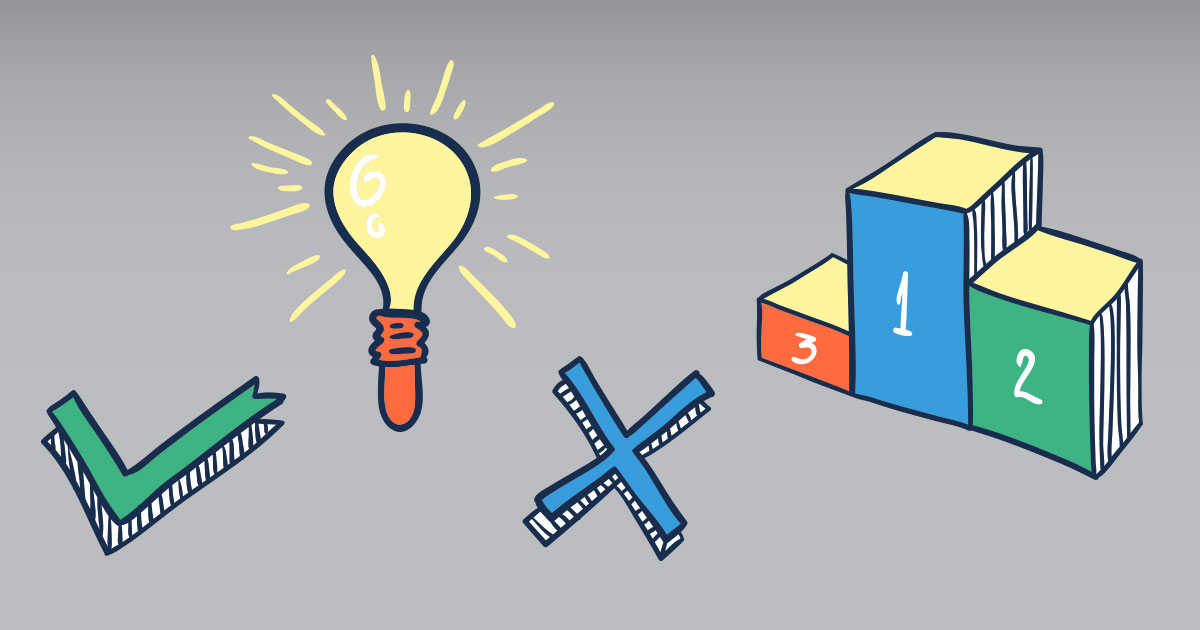
How accurate is education data?
Education data typically involves data compiled from school districts on graduation rates, drop-out rates, test score averages, and attendance rates. Often, education data is used to measure the success of a state or a school district. In fact, all 50 states and the District of Columbia publish annual report cards detailing education data and holding school districts accountable. These can be useful for parents who are trying to decide where to send their children to school.
But there’s a problem. The information presented in these annual report cards is not always accessible or reliable. And the fault lies in the way the data is compiled and presented.
What exactly goes wrong? How does data become inaccurate? And what can your school learn from the annual report cards?
Missing Data
A report from the Data Quality Campaign found that many of the states were missing key information. In many cases, data was not available on demographics like gender, race and ethnicity, low income, or disabilities. On top of that, 36 state report cards failed to include a key performance indicator: how many students enroll in in two- or four-year college programs.
Takeaway > You can’t achieve data accuracy without having all of the data. Learn from the mistakes of the annual state report cards and make sure that your school’s data is complete.
Old Data
The Data Quality Campaign also found that data delivered in the annual report cards was frequently out of date. In fact, 11 states had outdated report card data that was three or more years old. Only 6 states offered data from the most recently completed school year. Old and outdated data simply doesn’t cut it. For one, not all states can be compared equally when measuring different data sets. For another, old data does not deliver an accurate picture of the state’s schools.
Takeaway > You can’t achieve data accuracy without real-time data. Data from years past will not necessarily tell the story of your school’s current status. Learn from the mistake of the annual state report cards and make sure that you are reporting on real-time data.
Hard-to-Find Data
Annual report card data is also too difficult to find, according to the Data Quality Campaign. Say you were to Google the annual report card for your state. If your state was one of 19 specified by the Data Quality Campaign, it would take you three or more clicks to actually get to the annual report card data. That information isn’t easily accessible and, as a result, it keeps those who need it waiting.
Takeaway > You can’t achieve data accuracy if the data isn’t accessible. Learn from the mistake of the annual state report cards and make sure you can easily find and report on key information at your school.
Out-of-Context Data
Data means nothing without context. According to NPR, parents surveyed on the annual report card data found it difficult to gather meaning from the data. Instead, anyone who reads a report card is left wondering “What does the grade mean? What does the data in this table mean? What should I be taking away from this?”
Takeaway > You can’t achieve data accuracy if data meaning is taken out of context. Learn from the mistake of the annual state report cards and make sure that your school’s data is grounded in context.
Make Your Education Data Meaningful
Data needs to be accurate in order to be meaningful. So make sure that your school’s data is 100% accurate and ready to be interpreted.